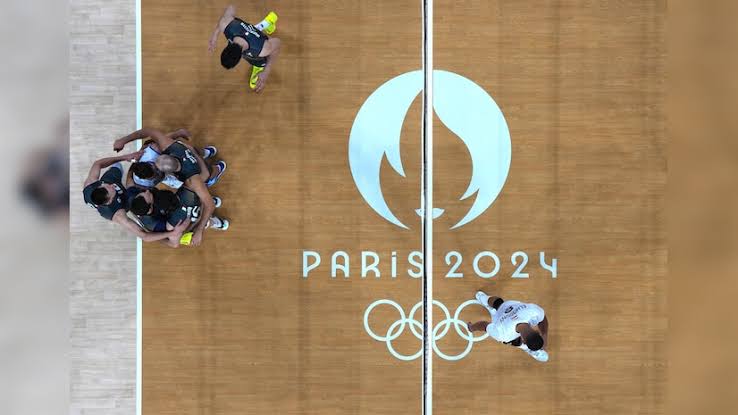The Olympic Games are more than just a showcase of athletic prowess; they are a celebration of global unity, culture, and history. The Opening and Closing Ceremonies serve as the grand bookends of the Games, embodying the spirit, traditions, and host country’s culture. This blog explores the evolution, significance, and memorable moments of these ceremonies, examining how they have shaped and reflected the Olympic experience.
1. The Evolution of the Olympic Ceremonies
A. Early Beginnings
1. Ancient Greece: The origins of the Olympic ceremonies can be traced back to the ancient Greek Olympics, where the games were held in honor of Zeus. While there were no grand opening or closing ceremonies as we understand them today, religious rituals and sacrifices were integral parts of the games.
2. Modern Era: The revival of the Olympics in 1896 by Pierre de Coubertin introduced a new tradition. The early modern ceremonies were simple affairs compared to today’s elaborate productions, focusing on the ceremonial aspect of the Games and the oath taken by athletes.
B. The Development of Modern Ceremonies
1. 20th Century Innovations: The 20th century saw significant developments in the Opening and Closing Ceremonies. The 1936 Berlin Games, under the Nazi regime, marked a shift towards more grandiose and politically charged ceremonies, with extensive use of propaganda.
2. Post-War Era: After World War II, the ceremonies began to emphasize cultural exchange and global unity. The 1960 Rome Games and subsequent Olympics showcased the host nation’s culture through art, music, and dance.
2. The Opening Ceremony: A Spectacle of Culture and Unity
A. Key Components
1. Parade of Nations: One of the most iconic aspects of the Opening Ceremony is the Parade of Nations, where athletes from participating countries march into the stadium, often with their national flags. This symbolizes the unity and diversity of the Olympic movement.
2. The Lighting of the Olympic Cauldron: The lighting of the Olympic cauldron is a central ritual, marking the beginning of the Games. This tradition began with the 1936 Berlin Games and has since become a symbol of the Olympic flame’s enduring spirit.
3. Artistic Performances: Each host city incorporates performances that highlight its cultural heritage. These performances often include music, dance, and theatrical elements, providing a glimpse into the host country’s traditions and values.
B. Memorable Opening Ceremonies
1. 2008 Beijing Olympics: The Opening Ceremony in Beijing was renowned for its grand scale and breathtaking visuals. Directed by Zhang Yimou, it featured elaborate choreography, a stunning display of fireworks, and a showcase of Chinese culture and history.
2. 2012 London Olympics: The London Games opened with a celebration of British culture, directed by Danny Boyle. The ceremony was noted for its creativity, including a humorous homage to British popular culture and an unforgettable segment featuring a giant depiction of the Queen jumping out of an airplane.
3. The Closing Ceremony: A Celebration of Achievement and Farewell
A. Key Components
1. Handover to the Next Host City: The Closing Ceremony traditionally includes the handover of the Olympic flag to the next host city. This is a symbolic gesture that signifies the transition and continuity of the Olympic Games.
2. Celebration of Athletes: The Closing Ceremony often features performances and festivities celebrating the achievements of athletes. It provides an opportunity for athletes to relax and enjoy the end of the Games together.
3. Cultural Performances: Like the Opening Ceremony, the Closing Ceremony includes cultural performances that reflect the host city’s heritage, but with a focus on celebrating the conclusion of the Games and the global unity achieved.
B. Memorable Closing Ceremonies
1. 1992 Barcelona Olympics: The Closing Ceremony in Barcelona was memorable for its vibrant celebration of Catalan culture. It featured a spectacular fireworks display, live music, and a jubilant atmosphere that reflected the spirit of the Games.
2. 2016 Rio de Janeiro Olympics: The Closing Ceremony in Rio showcased Brazilian culture with lively performances, music, and dance. It concluded with the traditional passing of the Olympic flag to Tokyo, the host city for the 2020 Games.
4. The Impact of the Ceremonies
A. Promoting Cultural Exchange
1. Global Exposure: The Opening and Closing Ceremonies provide a global platform for host countries to showcase their culture, history, and values. This cultural exchange fosters understanding and appreciation among diverse nations.
2. Enhancing National Pride: For the host country, the ceremonies are a source of national pride and a celebration of its achievements and heritage. They create a lasting legacy and contribute to the country’s global image.
B. Challenges and Innovations
1. Logistical Challenges: Organizing the ceremonies involves significant logistical planning and coordination. The scale and complexity of modern ceremonies require careful management to ensure seamless execution.
2. Technological Advancements: Advances in technology have transformed the ceremonies, allowing for more elaborate and visually stunning productions. Innovations such as digital projections, advanced lighting, and high-definition broadcasting have enhanced the overall experience.
5. Conclusion
The Olympic Opening and Closing Ceremonies are much more than mere formalities; they are grand celebrations of culture, unity, and the Olympic spirit. From their ancient origins to their modern incarnations, these ceremonies reflect the evolving nature of the Games and the enduring values of global cooperation and excellence.
Each ceremony is a unique expression of the host city’s identity, providing a captivating introduction to the Games and a memorable conclusion. As the world comes together to celebrate the Olympics, these ceremonies continue to inspire, entertain, and unite people across the globe, reinforcing the Olympic ideals of peace, friendship, and respect.

